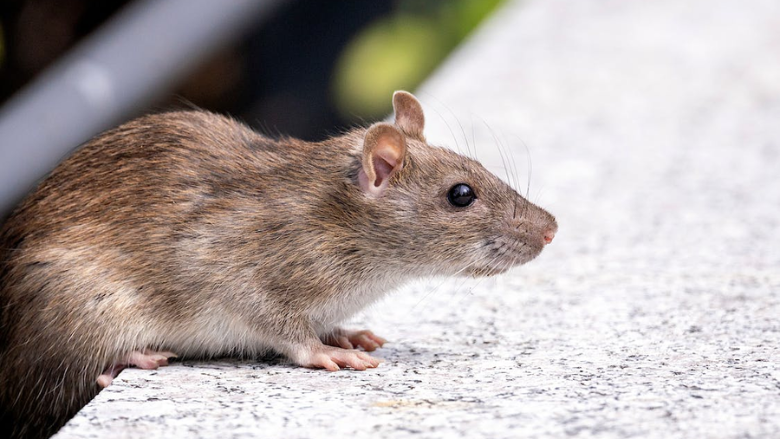As temperature starts to drop, rats and mice look for warmer environments to avoid the cold. For these warm-blooded rodents, a warm environment is key to their survival. When it gets colder outside, they need to look for shelter that provides warmth and protection against the elements. With the availability of hiding spots and a consistent indoor environment, your home can be the main target for rats and mice. Thankfully, a professional exterminator is always available to help you address a rodent issue in winter.
Why Rodents Infest Your Home in Winter
Aside from the need for shelter, rats and mice may be seen indoors during the coldest months of the year due to the following reasons:
- Food scarcity. In the wild, food availability diminishes when it gets colder. As a result, rodents will have difficulty finding the necessary sustenance for survival. Natural food sources like seeds, insects, and fruits become scarce. As a result, pests are forced to seek alternative food sources. Your home offers food options, from pet food to the items in your pantry. Such an abundance of food makes your home more appealing to rats and mice.
- Structural vulnerabilities. Rats and mice can easily find and explore vulnerabilities in your home’s structures. They can make their way into your house through gaps around windows and doors, wall holes, and spaces or gaps around utility lines. To ensure rodents cannot enter your home, thoroughly inspect the exterior. Find cracks, gaps, or holes and use caulk or steel wool to seal them. Maintaining your home regularly and doing prompt repairs can minimize the risk of rodent infestations by getting rid of possible entry points.
- Availability of utility lines and plumbing. Rats and mice can enter your home through plumbing systems and utility lines. They can climb along wires and pipes and squeeze their bodies through small openings. To secure such areas, make sure all entry points in utility lines and plumbing systems are sealed properly. Rodent-proof materials such as metal mesh cover gaps around wires and pipes. In addition, rodent guards can be installed on utility lines to ensure rodents cannot climb.
Signs of a Rat or Mice Issue
You can tell that your home may be infested with rats or mice by paying attention to the following signs:
- Physical evidence. Rodent droppings, nesting materials, and gnaw marks indicate the presence of rodents inside your house. Typically, their droppings are small and pellet-shaped, found near sources of food or along their pathways. Gnaw marks are often found on furniture, food packaging, and walls. In addition, nesting materials like fabric, shredded paper, or insulation can be found in hidden areas such as attics, behind appliances, or basements.
- Noise. Hearing strange noises can alert you to a rat or mice infestation. These rodents are active at night and you may hear them scratching, gnawing, or scurrying from ceilings, walls, or under floors. Their movement produces such sounds as they look for food and nesting materials.
How to Effectively Control Rodents
To effectively control rodents, preventative measures must be taken. As a homeowner, there are steps you can take to keep mice and rats at bay. These include sealing possible entry points, keeping your house clean, and storing food in airtight containers. Also, regular inspections are necessary to detect rodent activity promptly.
In addition, traps and baits can be used to catch some live rodents and control their population. Different kinds of traps are available. Every type comes with specific instructions to ensure effectiveness and safety of use. Follow best practices like placing traps and baits in areas with high rodent activity and checking them regularly.















